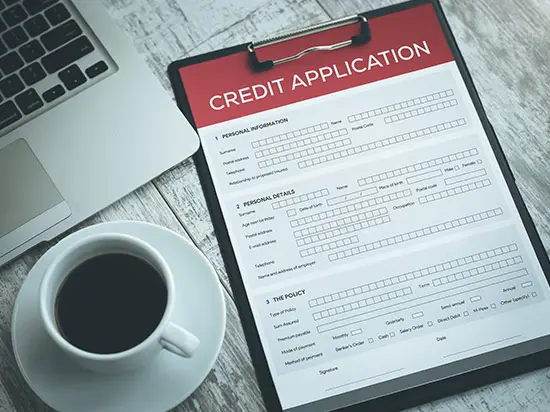Understanding Credit Card Applications

Every day, I visit the mailbox to discover more junk mail, including more of those unsolicited credit card applications. Some of them can be very enticing, promising interest rates as low as 0%. Be careful and remember that if it seems too good to be true, it probably is. Read on and find some answers to frequently asked questions.
Credit Card Applications - FAQs
Does "Pre-Approved" Mean That I Have Already Been Approved to Receive This Credit Card?
No. Simply put, it means that you received this offer after a preliminary review of your credit report showed that you met the creditor's requirements for the account. This is done frequently, without your request or permission required. After you have filled out this initial application, the creditor will review your credit and other criteria to ensure that you meet all of their requirements. At that point, if you have, you may be issued the credit card.
No. Simply put, it means that you received this offer after a preliminary review of your credit report showed that you met the creditor's requirements for the account. This is done frequently, without your request or permission required. After you have filled out this initial application, the creditor will review your credit and other criteria to ensure that you meet all of their requirements. At that point, if you have, you may be issued the credit card.
When I Filled out the Application, It Said That My Credit Limit Would Be $7,500, but When I Got My Card It Was Only $3,000. Why?
Most likely, your application said that you would receive an account with a credit line of up to $7,500. Once the creditor determined your credit profile, they may have decided that you did not meet all of their requirements for the full credit line.
What Does "Fixed APR" Really Mean?
"Can we fix it?" Well, maybe...but not if you are late making a payment, or have exceeded your credit limit, or after a regular account maintenance review of your credit report it has been determined that your debt-to-income ratio is too high, or you were seen eating lunch with your Aunt Millie on the second Tuesday of the month. Just joking, but you get the idea. Click here to learn about the debt-to-income ratio. After one of the above- mentioned reasons for "un-fixing" has occurred, the creditor may have the right, as disclosed in the Cardholder Agreement you receive after you are approved for the line of credit, to increase your APR to the maximum Default APR, which can be as high as 30% or more! What it all boils down to is that ANY of the terms can change at ANY time for ANY reason, even if all of your payments are made on time and in full.
What's a "Grace Period"? (It's Not What You Think.)
When we hear "grace period" we think of a period of time after the due date in which a payment can be received without being considered delinquent. Not anymore. The grace period, plainly put, is the period of time in which no finance charges will be added to your account, IF the balance is paid in full by the payment due date on your statement. Each different type of credit line transaction may have a subsequent different application of the grace period.
I'm Not Sure What These Extra Fees Are!
No balance transfer fees today... but be careful, this only means for the origination of the account; once you are a cardholder, you may be charged a balance transfer fee, sometimes as high as 3% of each balance transfer. The maximum fee is usually $50. Companies can also change the APRs, fees, and other terms of your account at any time in accordance with the Cardholder Agreement, which you will not receive until your account is opened.
Bottom line. Read, read, read the application, before you fill out anything. If you don't understand something, call the creditor. They will be able to simplify things for you. Still don't understand, don't fill it out. The fine print really does matter.
